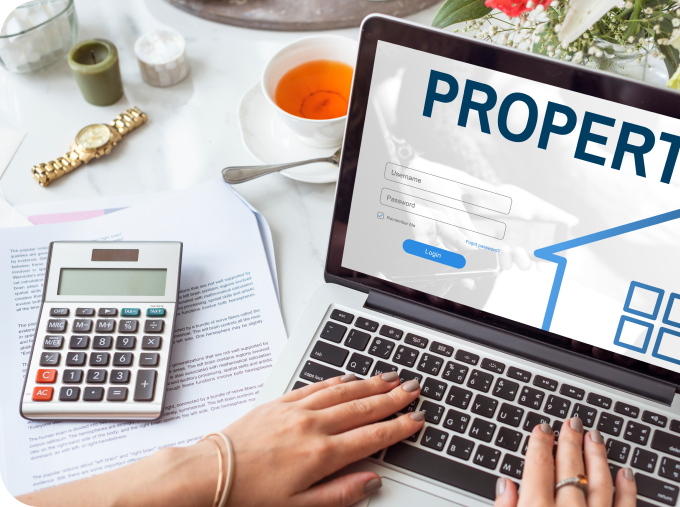What is a Mortgage?
When you buy a home, you may only be able to pay for part of the purchase price. The amount you pay is a down payment. To cover the remaining costs of the home purchase, you may need help from a lender. The loan you get from a lender to help pay for your home is a mortgage.
A mortgage is a legal contract between you and your lender. It specifies the details of your loan and it’s secured on a property, like a house or a condo.
With a secured loan, the lender has a legal right to take your property. They can do so if you don’t respect the conditions of your mortgage. This includes paying on time and maintaining your home.
Unlike most types of loans, with a mortgage:
- your loan is secured by a property
- you may have a balance owing at the end of your contract
- you normally need to renew your contract multiple times until you finish paying your balance in full
- you may have to meet qualification requirements including passing a stress test
- you need a down payment
- you may need to break your contract and pay a penalty
- your loan is typically for an amount in the hundreds of thousands of dollars
Get your credit in order
You want to start with having high enough credit when meeting with a lender, so you have a better chance of approval.
Get an idea of what you can afford
Calculate how much your income is pre-taxes, your living expenses, any existing debts and how much would be for closing and moving costs. You also need to make sure you have money saved for a down payment.
What to Consider when getting a Mortgage
When you shop for a mortgage, your lender or mortgage broker provides you with options. Make sure you understand the options and features. This will help you choose a mortgage that best suits your needs.
This includes your:
- mortgage principal amount
- amortization
- payment frequency
If your lender is a federally regulated bank, they must offer and sell you products and services that are appropriate for you, based on your circumstances and financial needs. They also must tell you if they’ve assessed that a product or service isn’t appropriate for you. Take the time to describe your financial situation to ensure you get the right product. Don’t hesitate to ask questions and make sure you understand the mortgage you have or want.
You can find information on each of these features in the sections below. For more detailed information on each item, click on the links provided.
Compare Mortgage Lenders
One way to do this is by comparing lenders directly. This means investigating the current mortgage offers at Canada’s banks or credit unions to compare rates and loan features. Another strategy is to work with a mortgage broker who will do all of the legwork for you. A broker will compare the mortgage products and rates offered by a number of lenders and find the best options for your needs.
Apply for a pre-approval
Getting pre-approved means that you’ll know the maximum amount of mortgage you could qualify for. This allows you to estimate your monthly payments and ensure they line up with what you can afford. It also tells sellers that a lender is willing to fund the offer you’ve put in on their house.
To apply for a mortgage pre-approval, you need to provide these documents:
- Identification
- Proof of employment
- Proof that you can afford the down payment
- Information of all your assets
- Information of all your debts
Mortgage Application
You won’t actually apply for a mortgage until you’ve found a home you like, put a bid on it and had that bid accepted by the seller. Then it’s time to get serious. Your official mortgage application will feature a process similar to the one you went through during pre-approval. Your finances will be looked at again to ensure they’re as strong as they were when you were pre-approved. You will also get a home appraisal done to ensure that your lender is funding an overpay.
How your Mortgage Amount is Calculated
The amount you borrow from a lender for the purchase of a home is the principal amount.
This amount usually includes the:
- purchase price of the home minus your down payment
- mortgage loan insurance if your down payment is less than 20% or if it’s required by your lender
How your Mortgage Payments are Calculated
Mortgage lenders use factors to determine your regular payment amount. When you make a mortgage payment, your money goes toward the interest and principal. The principal is the amount you borrowed from the lender to cover the cost of your home purchase. The interest is the fee you pay the lender for the loan. If you agree to optional mortgage insurance, the lender adds the insurance charges to your mortgage payment.
Your property taxes
As a homeowner, you have to pay property taxes on your home. The amount you pay depends on the value of your home and where you live.
Some financial institutions collect and pay your property taxes for you. This may also be a condition of financing. If that’s the case, your lender adds the property tax amount to your regular payments.
























